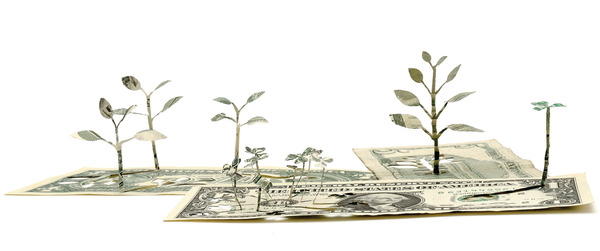 The housing market, like the U.S. economy, is a mess. GDP growth dropped from 3.7% to 2.4% in the second quarter. In the housing market shrinking incomes and greater lender restrictions mean fewer qualified buyers are looking, which is driving down prices.
The housing market, like the U.S. economy, is a mess. GDP growth dropped from 3.7% to 2.4% in the second quarter. In the housing market shrinking incomes and greater lender restrictions mean fewer qualified buyers are looking, which is driving down prices.
Here is the bottom line: if you want to sell your home without losing your shirt, you need an edge.
To find an edge, just look to the part of the economy that’s still growing – the green sector. In Massachusetts, major utility companies have stepped up energy efficiency investments this year with the goal of tripling enrollment in their programs. A recent report funded in part by the state department states that renewable energy use is at “a clear tipping point” for growth. Never before has it been more affordable to green your home.
Green home improvements enhance comfort, make homes more durable, save on monthly utility costs, and reduce pollution. One benefit that people don’t often think about is higher resale value. While your real estate agent may have asked you to add a fresh coat of paint, refinish your basement, or plant some flowers to spice things up, she probably hasn’t asked you to upgrade your insulation or qualify your home for ENERGY STAR.
A recent study published in The Appraisal Journal indicates that the market value of a home increases by $10 – $25 for every $1 decrease in annual fuel bills. An ENERGY STAR qualified 3,000 square foot new house can save around $800 per year (around $70/month) on utility bills compared to the standard new home. According to the report, this level of investment in improvements would add $8,000 to $25,000 to the market value. Energy savings and sale value benefits to existing homes are typically even higher because of the greater opportunity to upgrade energy performance. And unlike a new paint job, these investments will actually pay for themselves.
The financial benefits of energy improvements don’t stop at utility savings and higher market value. The New Homes with ENERGY STAR program provides an incentive of $750 to $8000 to homeowners, builders, realtors, or architects who meet standards that are 15-60% more energy efficient than a standard home, depending on the level you want to shoot for. Whoever applies to the program can earn the incentive.
Additions of at least 500 square feet can qualify for ENERGY STAR as well. To qualify, you need a third-party Home Energy Rating System (HERS) Rater to verify that the home is truly energy efficient. Total Green Energy Solution will do a HERS Rating for new homes or additions in Massachusetts at a price that is typically fully recouped with program incentives.
So, as you get ready to unload the biggest financial investment of your life, take the time to sell it right: go green first.


